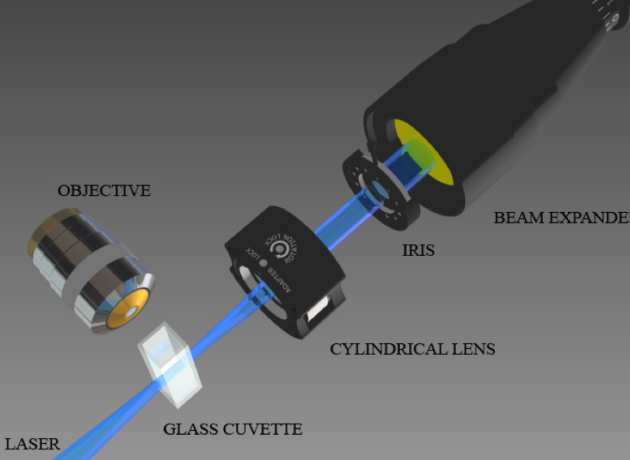Overview
In plants, cell wall prevents cell migrations like those so crucial to animal development. One of the consequences of this simple fact is that plant morphogenesis is largely controlled by cell division dynamics, i.e. when, where and in which orientation do mitotic events occur in the tissue. Ultimately, this dynamics is what determines pattern formation in plant tissues.
We are very interested in studying such dynamics of cellular proliferation, in relation to self-organising properties of plant tissue. We are using the root of Arabidopsis to understand the regulation of the spatial and temporal distributions of division events during organogenesis. To this end, we take a multi-disciplinary approach collaborating with the Department of Mathematics and the Center for Complexity Science here at Imperial, combining molecular genetics, live imaging (light-sheet microscopy), quantitative image analysis and statistical physics.
Main Questions
- What are the statistical properties of cell division dynamics during root growth and regeneration?
- How is the system responding to specific physical and molecular perturbations?
- What can be learned about the universal properties of cell proliferation's regulation, shared by all multi-cellular systems?
Light Sheet Fluorescence Microscopy

One of the tools used in this investigations is a unique setup based on light sheet microscopy, which allows us to acquire stacks of optical sections of growing and regenerating roots at cellular resolution (microns), with high temporal resolution (every 15 minutes) and for very long time (at least 7 days).
With this tool, we can observe in vivo the spatial and temporal dynamics of any fluorescent genetic reporter or molecular dye, during the entire duration of the regeneration process. The rich temporal series are used to test hypotheses on the fundamental mechanisms and to instruct ad hoc computational models.
Click here to view an example of cell division dynamics in Arabidopsis root